NEWSLETTER
BE FIRST IN LINE FOR OUR NEXT RELEASE.
© 2026 TIPSTER. ALL RIGHTS RESERVED.
NEWSLETTER
BE FIRST IN LINE FOR OUR NEXT RELEASE.
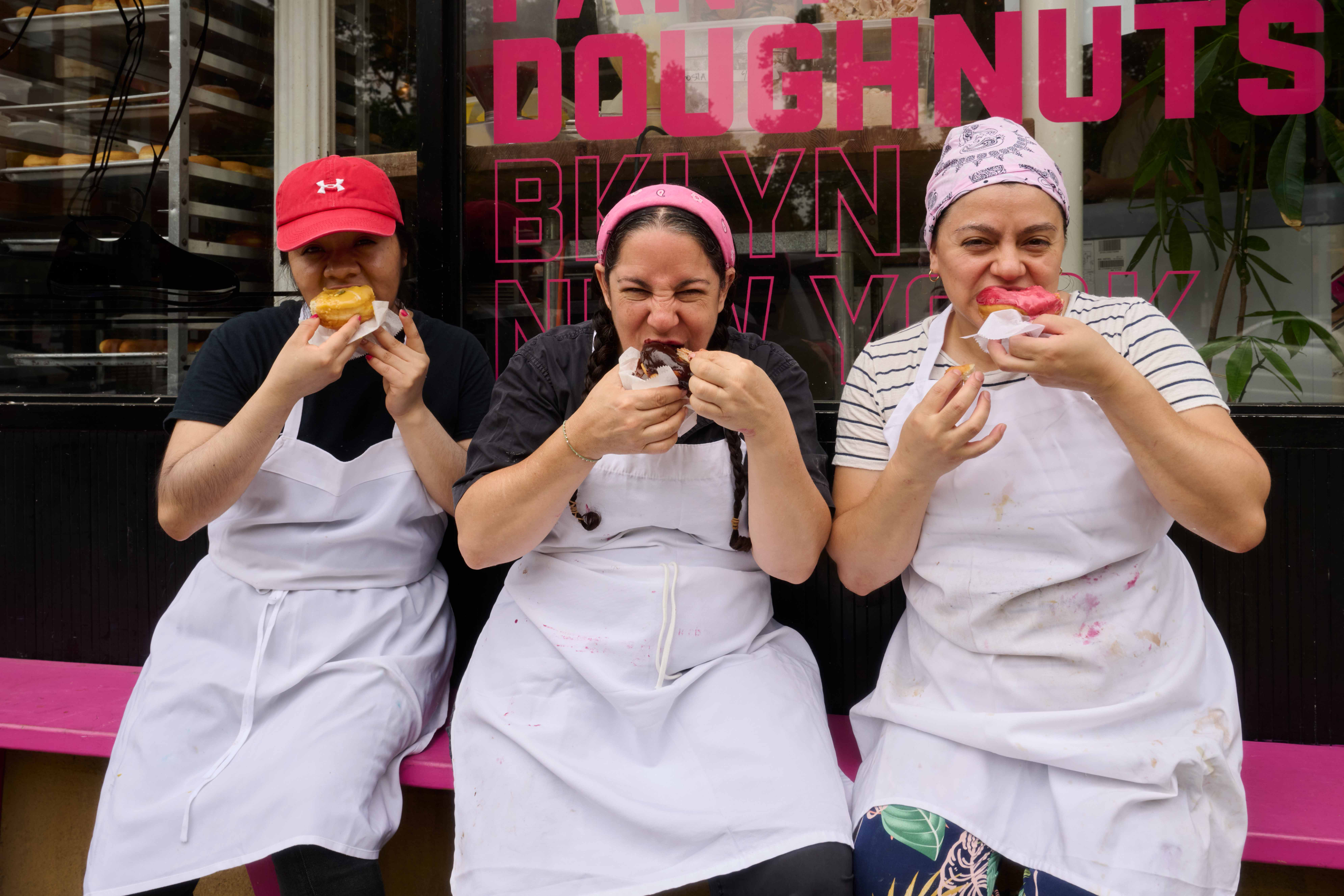

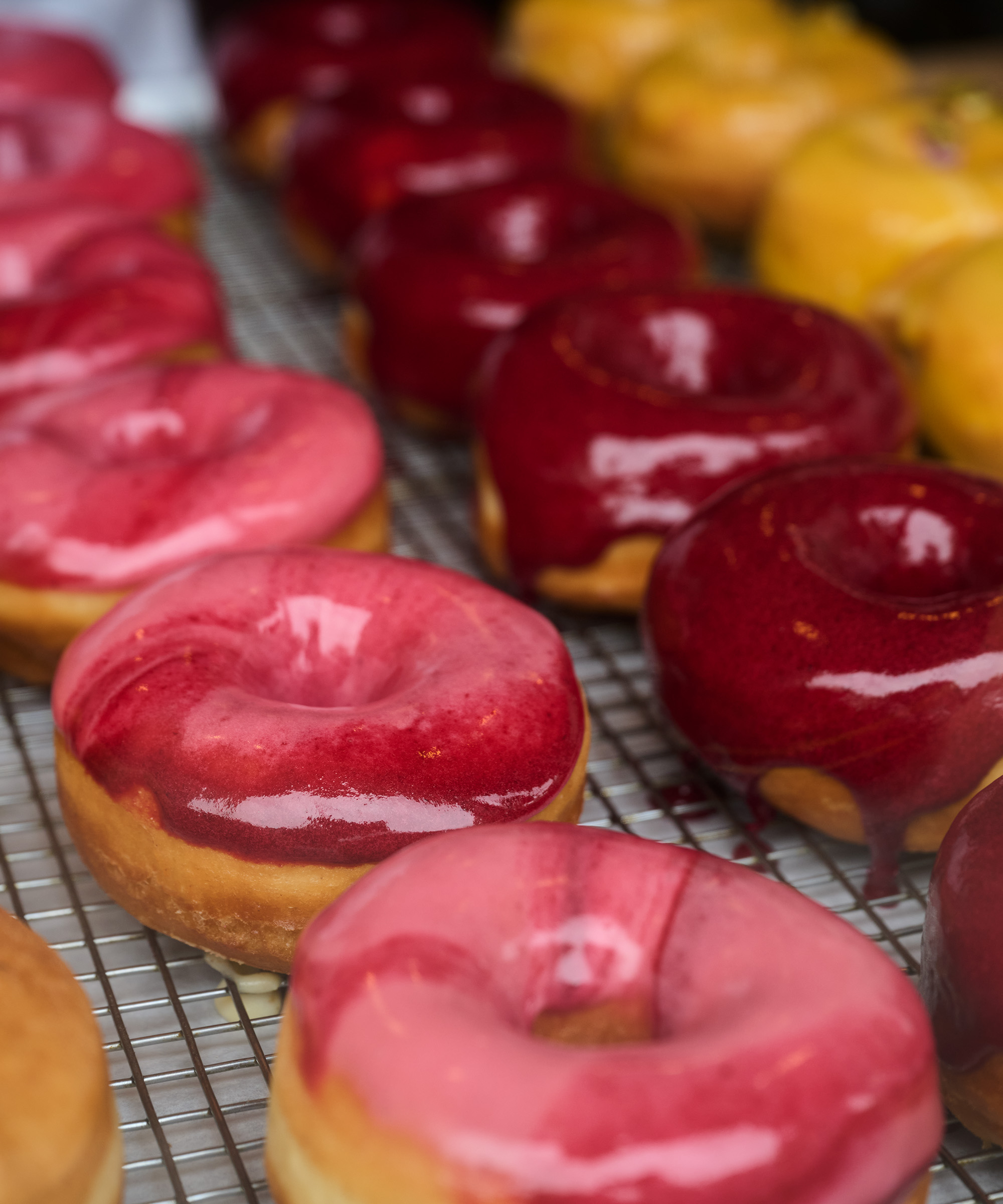
Words by Marcelo Jaimes Lukes
Photography by Sacha Maric
The first thing you notice at Fan-Fan Doughnuts is the smell. It’s something between a street fair, a carnival, and a flower shop. There’s sugar, cardamom, and… is that hibiscus?
Elbow-deep in coconut glaze stands Fany Gerson, her braids tucked neatly behind a bright pop of bandana. “What does it mean to be an immigrant here?” she asks me. Thinking the question is rhetorical, I nod in agreement. She pauses, then answers herself emphatically: “It means sharing your story with the world.”
Fan-Fan Doughnuts rewrites the tale of an American staple that typically goes stale under fluorescent lighting. A far cry from the sterile franchises most associate with the round pastry, Fan-Fan’s open kitchen buzzes with bubbling fryers and dripping glazes. A seemingly bulletproof display case protects Gerson’s prized possessions. Vibrant pomegranate, guava, and mango lassi doughnuts sit beside classic Boston cream and vanilla glaze.
“Because doughnuts are so American, they belong to everyone,” she muses. “Isn’t that what America is about?” This time, I chime in: Yes, absolutely.
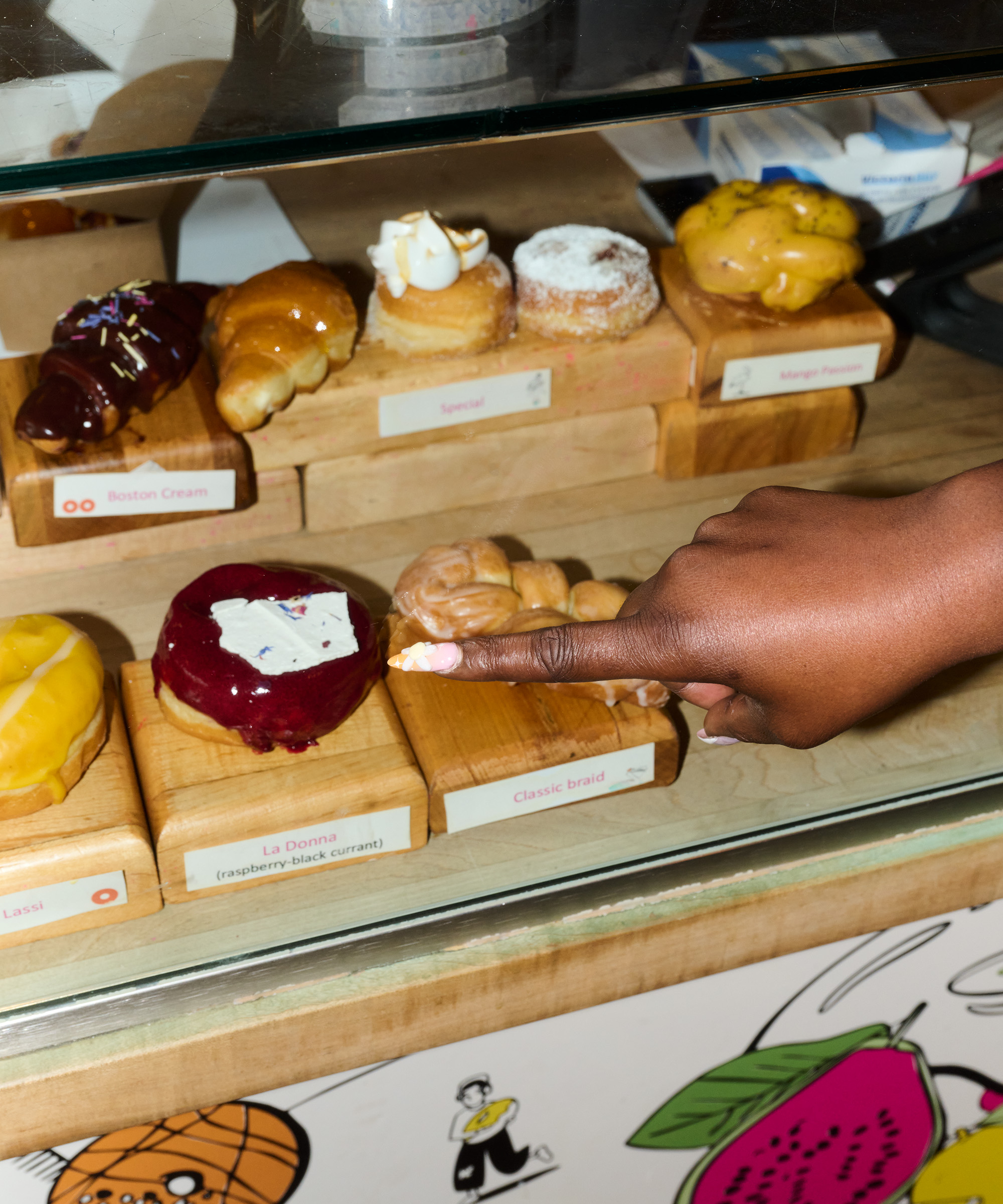
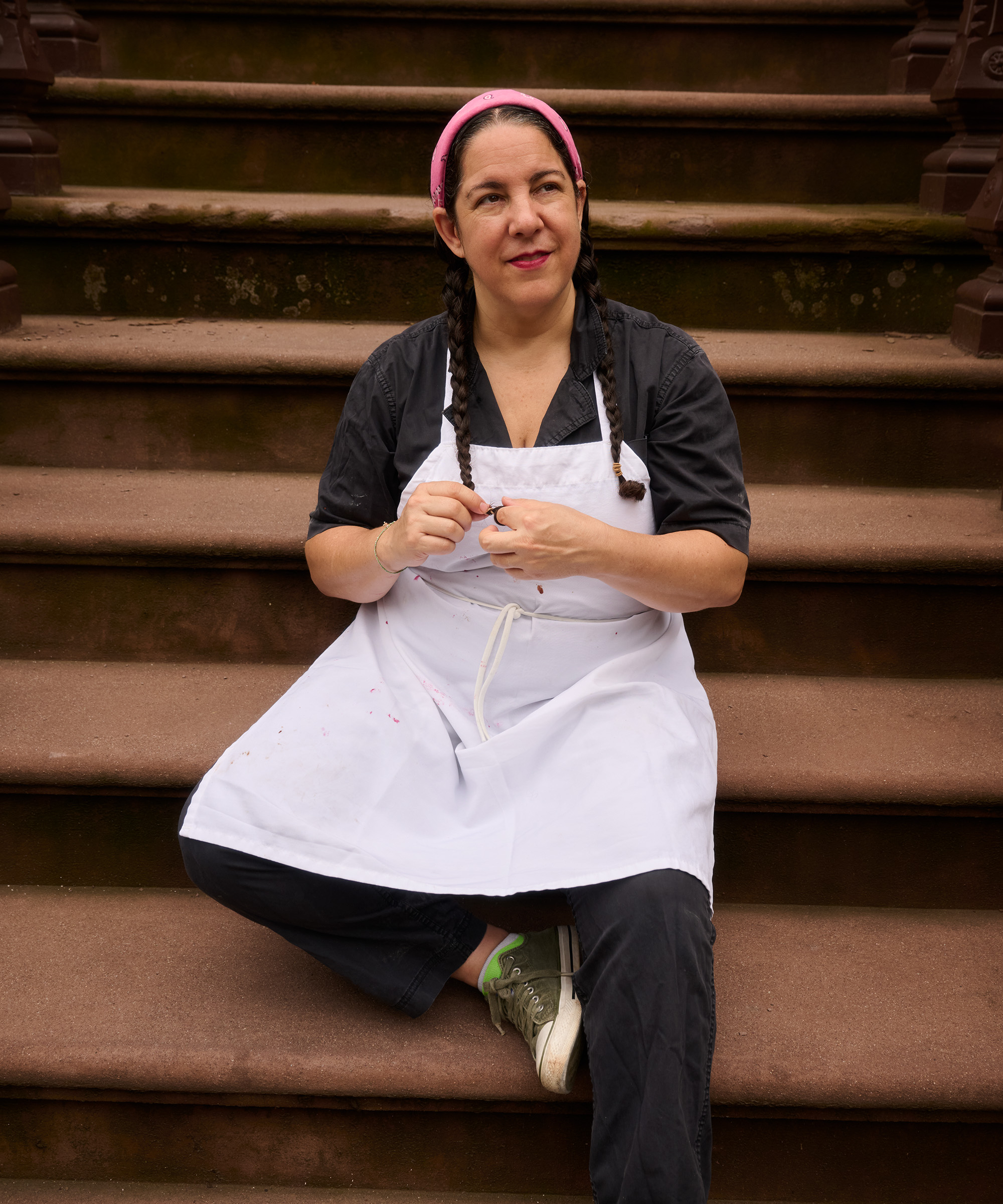
“The flavors are about someone close to me, something nostalgic, even something I’m missing.”
JOY AS CRAFT
Gerson’s journey to becoming one of the city’s confectionery icons began in her hometown of Mexico City. Teeming with energy, the city’s fruit markets entranced Gerson from a young age.
“As a kid, I was always trying to get my sister to come to the market with me,” she says. “Sometimes, I even had to bribe her.” The payoff was one of Gerson’s earliest inventions: a fruit shake topped by a raw egg yolk. “I was convinced it gave it a sweet, vanilla taste.” She laughs, then adds: “Now that I think of it, I was always experimenting with flavor.”
Gerson jokes that when she was growing up, culinary innovation was a sort of game for students in her international school cafeteria. She swapped carrots dipped in hot sauce and Maggi seasoning for samosas from an Indian classmate and bento-box treats from a Japanese peer.
“Even as a kid, that was kind of magic,” Gerson says. “When you feed people, what comes back to you is joy.” In a city where handmade, seasonal, and artisan have become ubiquitous, it’s that word that Gerson keeps returning to: joy. “There’s joy in the flavors we use here at Fan-Fan,” she says. “Sharing flavors is a type of joy.”
When I ask about how these joyful flavors are developed, Gerson doesn’t skip a beat. “It’s always personal,” she says. “The flavors are about someone close to me, something nostalgic, even something I’m missing.” She goes on to explain that doughnuts, often considered greasy or uninspiring, are the perfect setting to share the flavors of the United States’ immigrant community.
In Gerson’s America, a doughnut might taste like passion fruit, piloncillo, or orange blossom. While some form of chocolate and vanilla flavors are consistently on the menu, they’re always amped up. Her annual chocolate doughnut festival is a UN General Assembly of confectionery. “During the festival, people order a ‘Brazil, an ‘India,’ a ‘Mexico.’ They know all of the doughnuts are inspired by somewhere.”
A CREPE RECORD
Gerson wasn’t always glazing doughnuts on Lafayette in Bed-Stuy. After having convinced her parents that she should pursue the culinary instead of fine arts, she spent time in the kitchens of New York institutions like Eleven Madison Park and Rosa Mexicano.
She chuckles as she recalls the often repetitive tasks that she had to perform in the EMP pastry kitchen. “There was a dessert that required making almost three hundred crepes a day. The first time I tried doing that, it took me hours. I didn’t even have lunch. A few months later, I set the restaurant record: 43 minutes.”
In the years that followed, she found herself drawn to what she was missing. While searching for dessert recipes from her homeland, she realized the scarcity of cookbooks dedicated to Mexican sweets. “Some of these traditions are passed down orally through generations but never written down,” she says. Gerson filled the void: My Sweet Mexico served as a cookbook documenting treats from Mexicali to Mérida.
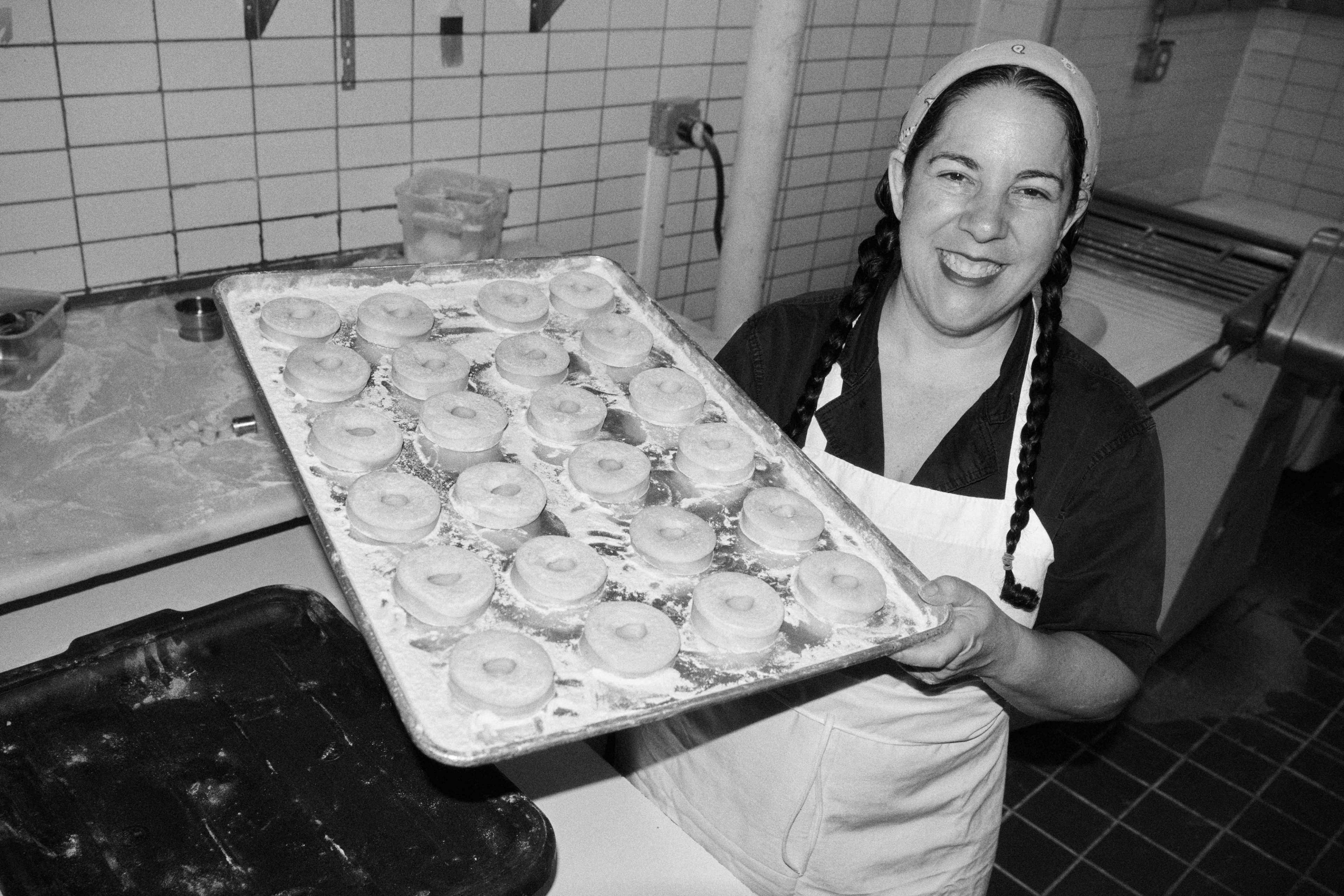
“Because doughnuts are so American, they belong to everyone,”
UNA VERDADERA NEWYORKINA
Before opening Fan-Fan, the enterprising chef filled another gap with paletas—the frozen popsicles popular throughout Latin America. Claiming her newfound identity as a “Newyorkina,” Gerson put frozen flavors in the hands of sometimes skeptical New Yorkers. “Some people were like, ‘Avocado popsicles? I’m not sure.’ But the good thing about New Yorkers is they are always curious.”
The flavors shift, but the backdrop—a doughnut here, a paleta there—stays the same. Waste becomes another project. Lemon and lime peels are reduced into syrups; spent coffee grounds are folded into fillings, and day-old doughnuts are reborn as the crusts of brown-butter cheesecakes. “Now I want to try making pasta with old doughnuts,” she says, as if it’s an obvious next step.
New York, in Gerson’s telling, is the perfect setting for this kind of experimentation. Most important of all, it’s the place where new generations can explore who they are. “My biggest motivation is my son,” she says emphatically. “I want to create a world for him that’s accepting and open to everyone.”
Step into Fan-Fan and you’ll taste the immigrant story of Gerson’s dreams, pressed into dough and fried until golden-brown, then garnished with ripe fruits and toasted spices. It’s a story that’s just as American as it is Mexican, Japanese, Indian, or anything else, told sweetly by a Newyorkina.
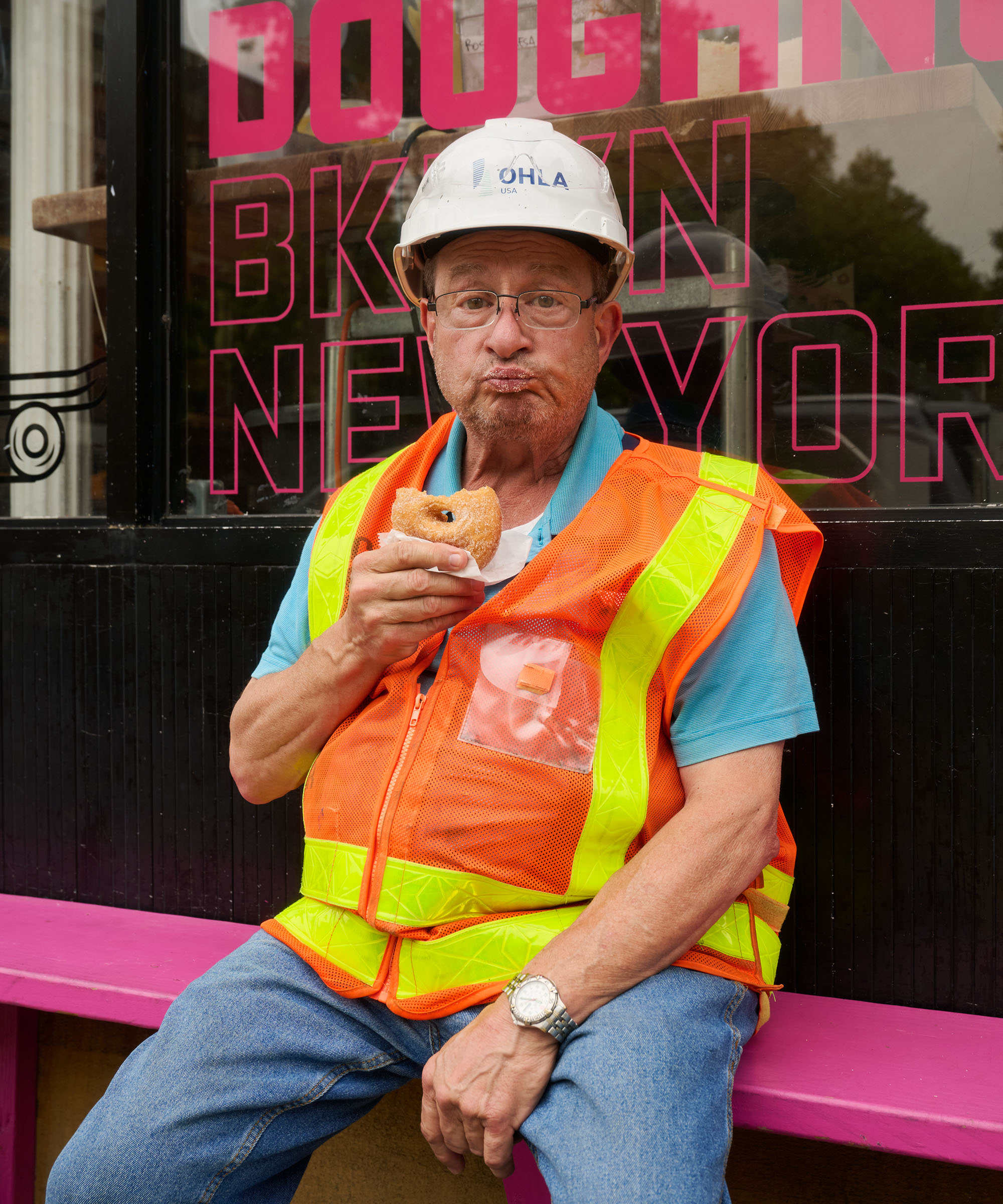
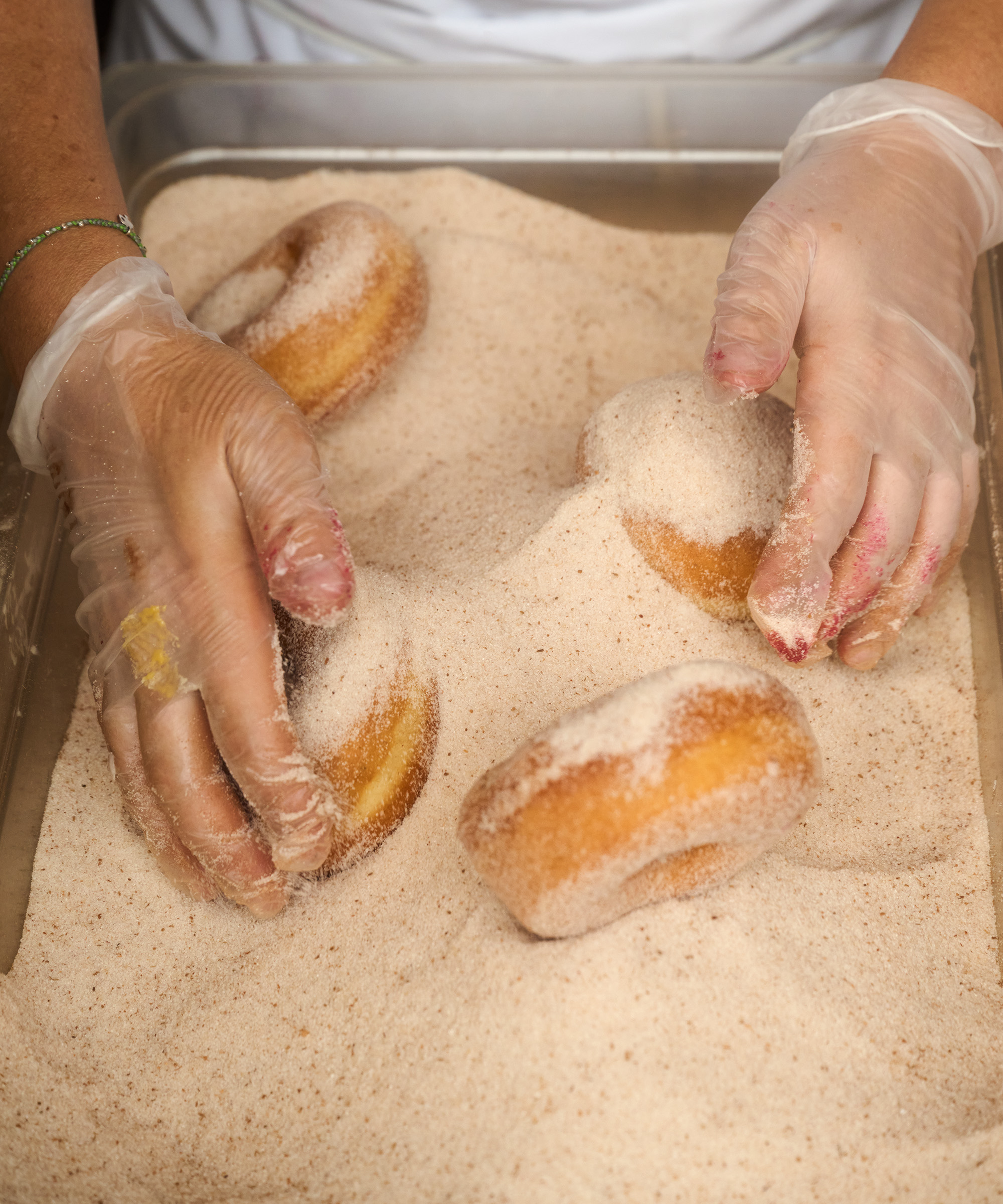
FAN-FAN DOUGHNUTS
448 Lafayette Ave,
Brooklyn, NY 11205